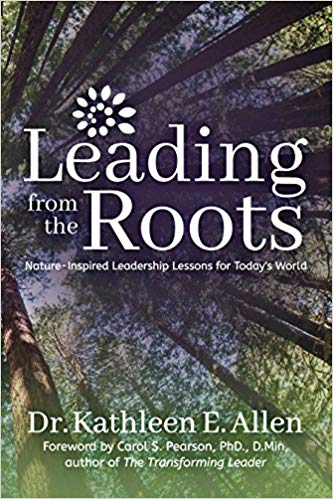When it comes to art, entertainment, and culture, we’re all aware of the big bananas. They’re well-known actors, filmmakers, artists, musicians, singers, and writers of all kinds. These big bananas include Tom Cruise, Steven Spielberg, Bruce Springsteen, Beyonce, Andy Warhol, and Dorothy Parker.
But for every big banana, there are countless small potatoes. These people are just as talented (maybe more so), but have yet to grab the brass ring of fame and riches. However, these people have important tales to tell, and Ayun Halliday chronicles their stories in her latest book Creative, Not Famous:The Small Potato Manifesto.
Halliday is the creator of the zine The East Village Inky. She’s a theater geek who boasts of many plays. And she’s written several books. Creative, Not Famous is her latest.
In Creative, Not Famous, Halliday shares the insights and experiences of visual artists, playwrights, musicians, singer-songwriters, zine makers, actors, filmmakers, and all kinds of talented and expressive types.
These small potatoes talk about the challenges they face like the lack of money and time. They are brutally honest over the jealousy they feel when a small potato becomes a big banana. They discuss their inspirations and celebrate their achievements. For these small potatoes, being creative is as important as drawing breath. It’s part of their DNA.
And though some of these small potatoes may not be household names, their work is well-known. Halliday’s husband, Greg Kotis, has won an Obie and two Tony awards for the musical Urinetown. Singer-songwriter, Nick Balaban, has written music for the children’s TV show Blues Clues. And Todd Alcott co-wrote the animated film Antz.
Just a little spud myself, I found Creative, Not Famous inspiring, reassuring, and relatable. There’s a sense of community amongst small potatoes. We have to be support each other in a world that often ignores us, and if it recognizes us, it can be quite dismissive. This pocket-sized manifesto can be tucked into a knapsack or handbag. Creative, Not Famous is a book of encouragement and advocacy for small potatoes everywhere.









 Creative Gift Wrapping by Public International, LTD has 40 fun and inspiring, not to mention beautiful gift wrapping projects for all occasions. Every project has easy to follow step by step instructions with accompanying photos.
Creative Gift Wrapping by Public International, LTD has 40 fun and inspiring, not to mention beautiful gift wrapping projects for all occasions. Every project has easy to follow step by step instructions with accompanying photos.


